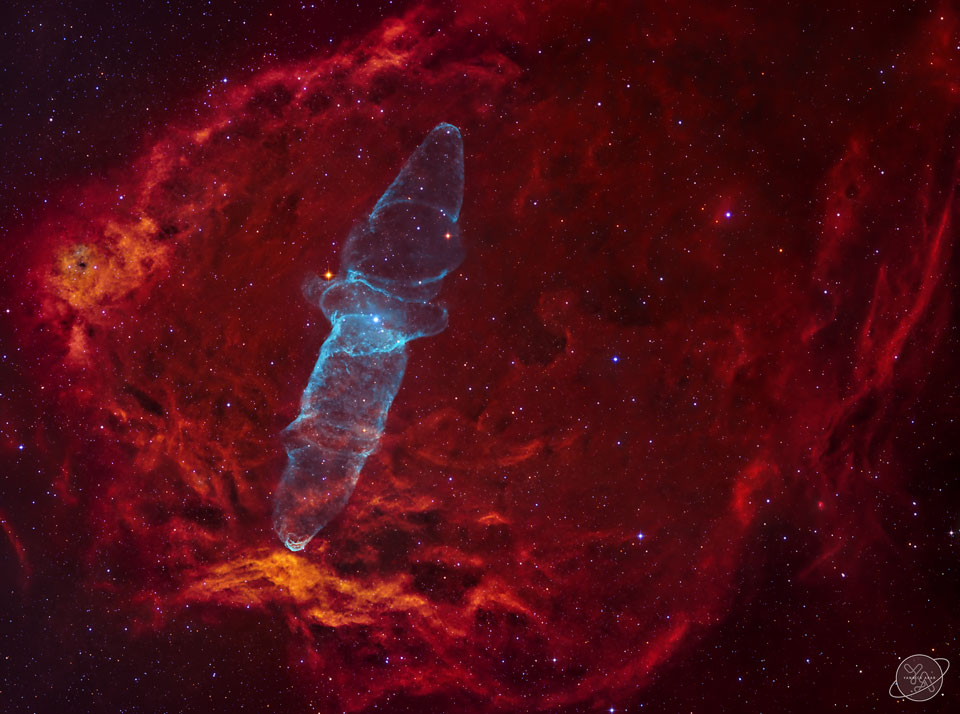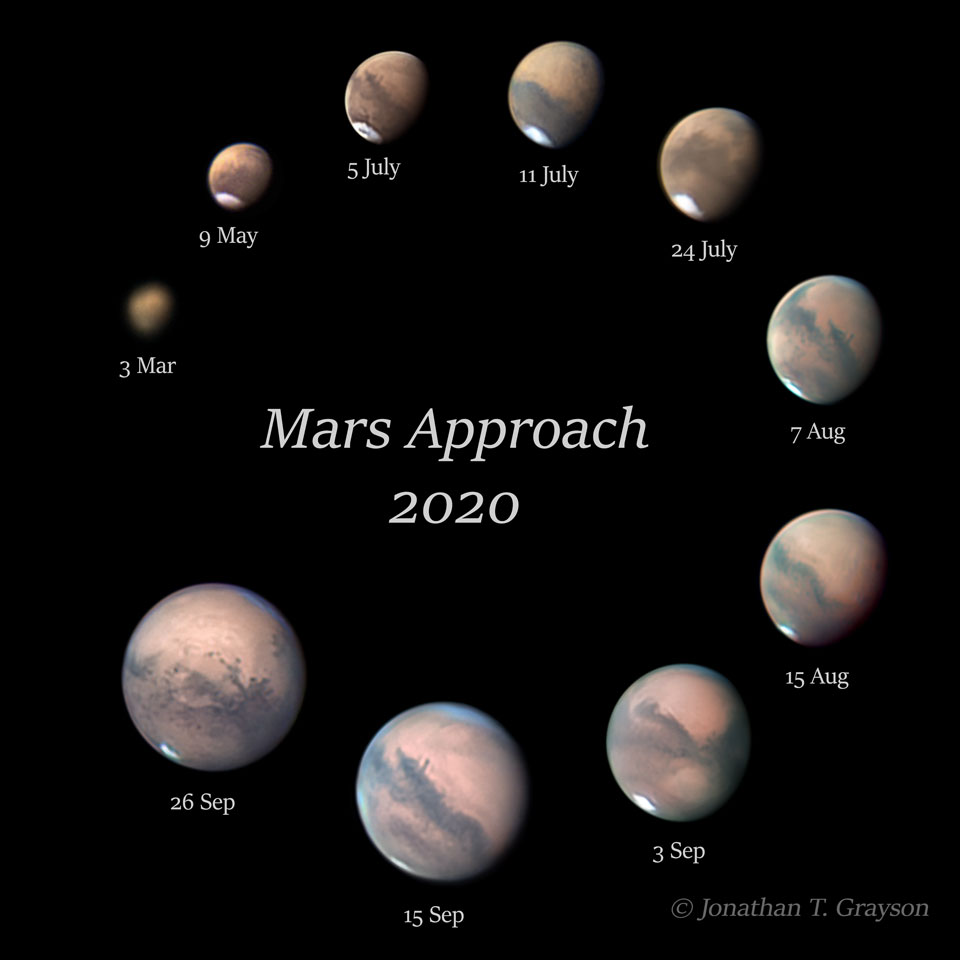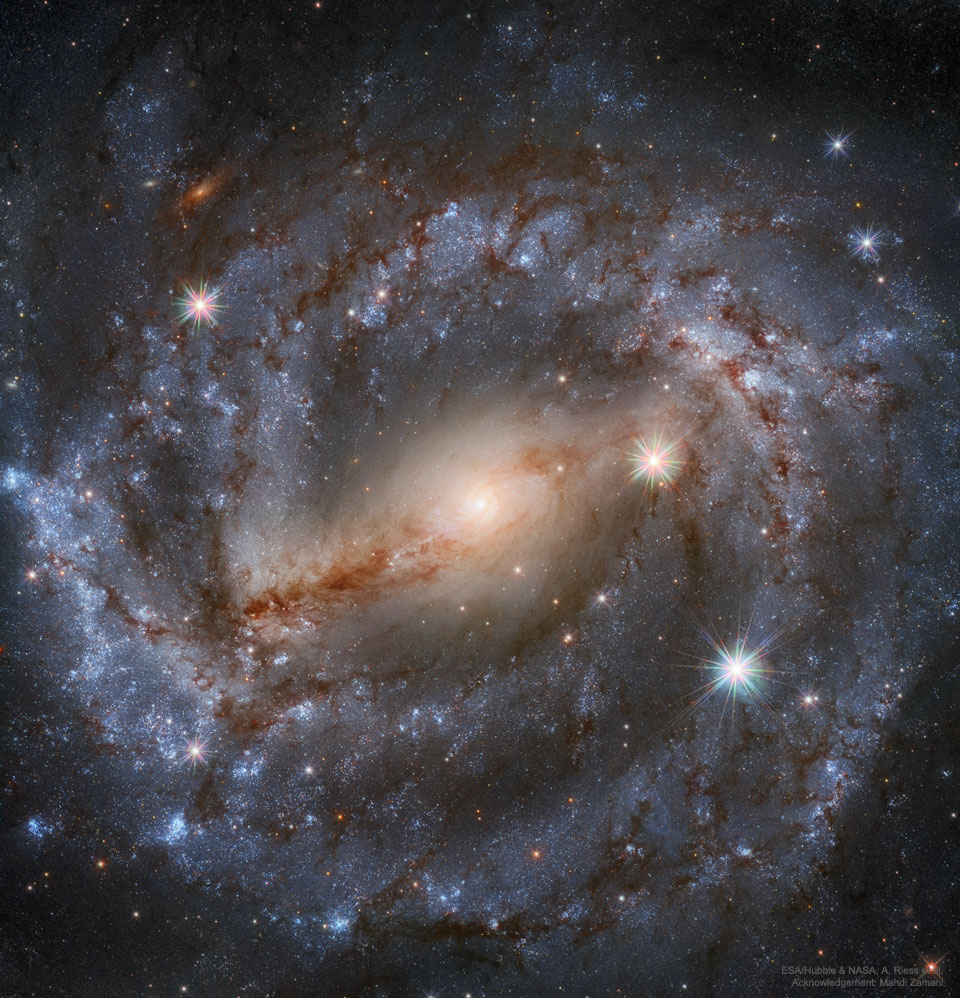NASA, Boeing Announce Crew Changes for Starliner Crew Flight Test
Veteran NASA astronaut Barry “Butch” Wilmore will join astronauts Mike Fincke and Nicole Mann for NASA’s Boeing Crew Flight Test, the inaugural crewed flight of the CST-100 Starliner launching to the International Space Station in 2021.
ISS Daily Summary Report – 10/06/2020
Payloads Space Tango MultiLab Locker (TangoLab-2): The crew removed Card 014 and stowed it for return and installed sample cards 001 and 012 recently flown on NG-14 as part of TangoLab-2 Mission 18 operations. TangoLab-2 is a reconfigurable general research facilities designed for microgravity research and development and pilot manufacturing in the ISS. NanoRacks Platforms: …
from NASA https://ift.tt/36I15GK
Ou4: A Giant Squid in a Flying Bat

NASA Asks: What Would You Pack for the Moon?
While advancing its Artemis program – which includes sending the first woman and next man to the lunar surface in 2024 – NASA wants to know what you would pack for a trip to the Moon.
from NASA https://ift.tt/36CODYT
ISS Daily Summary Report – 10/05/2020
Payloads Sally Ride Earth Knowledge Acquired by Middle Schools (EarthKAM): The crew deactivated and stowed the EarthKam hardware. EarthKAM allows thousands of students to photograph and examine Earth from a space crew’s perspective. Using the Internet, the students control a special digital camera mounted on-board the ISS. This enables them to photograph the Earth’s coastlines, …
from NASA https://ift.tt/33Ats7J
Overcoming Hurricanes and Earthquakes to Get an Experiment to the Space Station

Mars Approach 2020

Antares Rocket Launches to the Space Station

NGC 5643: Nearby Spiral Galaxy from Hubble
